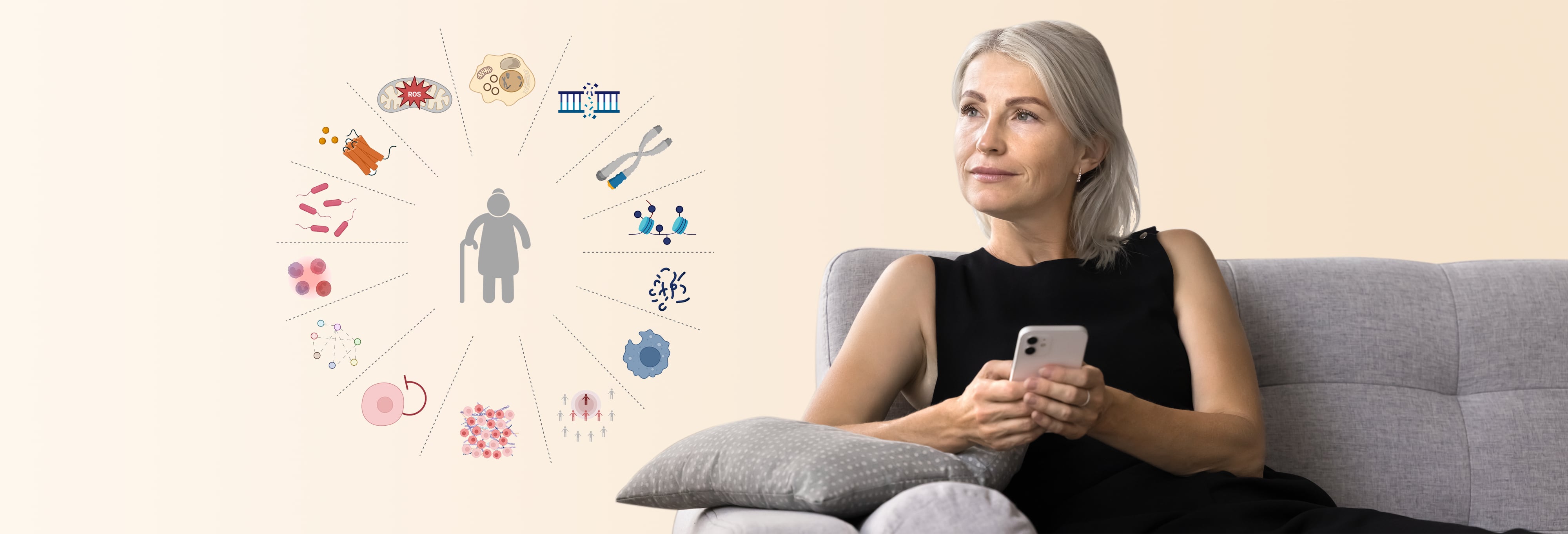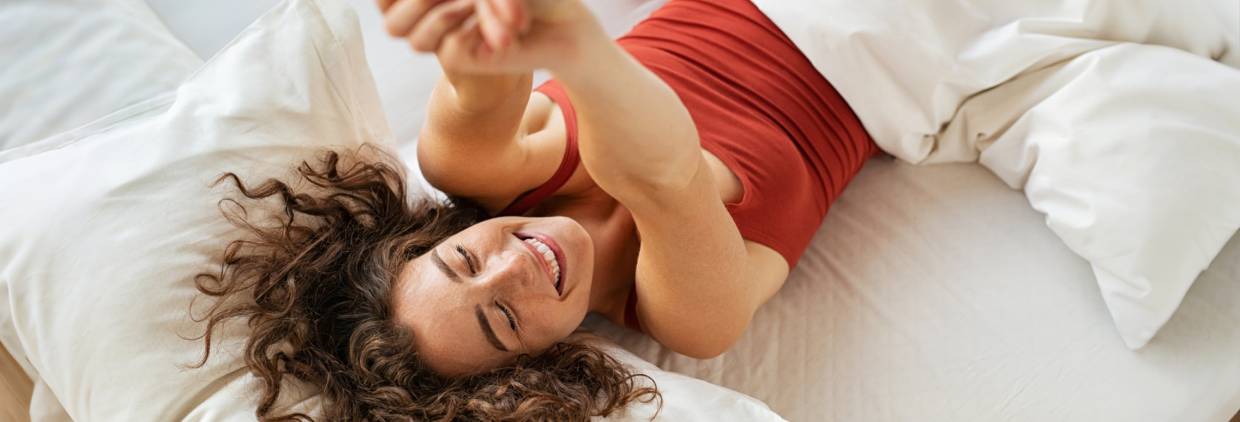‘Senolytic-Repair-Chi’ is a phased conditioning strategy in Traditional Chinese Medicine (TCM) health preservation and treatment.
Its core principle is to first eliminate pathogenic factors, then harmonize Qi and Blood and repair function, and finally replenish vital energy. While this specific term is not directly quoted from ancient classics, its theoretical foundation is deeply rooted in the preventive TCM concept of ‘treating disease before it arises’ from the Huangdi Neijing (The Yellow Emperor’s Classic of Internal Medicine). It was gradually refined through the clinical practice of later physicians and ultimately formed a systematic application paradigm in the modern field of health preservation.
Senolytic-Repair-Chi: The theoretical basis of TCM health preservation
The Huangdi Neijing states: “The sages did not regulate those who were already in chaos; they regulated those not yet in chaos”. This concept of ‘prevention before occurrence’ forms the theoretical origin of ‘Senolytic-Repair-Chi’. It views the human body as a dynamically balanced system.
Through progressive intervention across three stages, it achieves the health goal of ’strengthening the body when disease-free and intervening when disease occurs’, aligning with the key TCM concept of ‘treating disease before it arises’.
- Senolytic Aims to clear pathological products, particularly senescent cells, hindering physiological functions in the body, laying the foundation for subsequent conditioning and repair.
- Repair Aims to restore function and rebuild the imbalanced internal environment of the body, re-establishing a balanced, stable operational framework.
- Chi Aims to supplement and nourish the essential vital energy and refined substances required by the body, consolidating the foundation and cultivating vitality and resilience.
From macro health management perspective, TCMs ‘Senolytic-Repair-Chi’ provides holistic wisdom. However, the aging process often begins at its fundamental unit – the cell. When cells accumulate, senescence-associated secretory phenotypes (SASP) experience redox imbalance, or suffer mitochondrial dysfunction, and aging characteristics gradually manifest.
How can the logic of ‘Senolytic-Repair-Chi’ be applied at the cellular level for precise anti-aging? Bonerge’s answer lies in the StanYouth® CR3 patented formula.
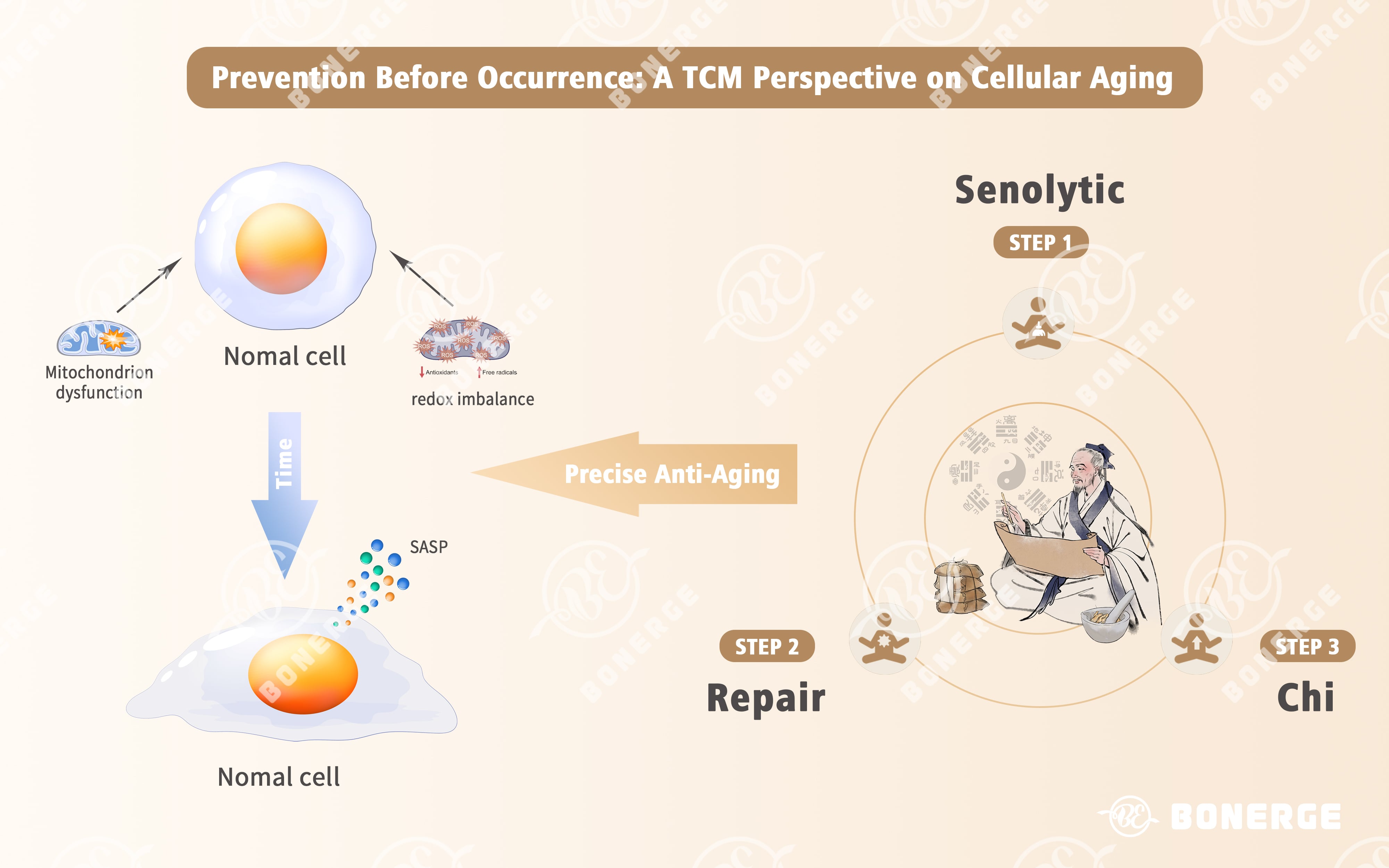
The synergistic cellular revitalization mechanism
Cellular health is the cornerstone of vitality. StanYouth CR3 is a patented compound formula developed for cell repair, inspired by the TCM ‘Senolytic-Repair-Chi’ theory, into a precise intervention strategy at the cellular scale.
Its core lies in the synergistic action of three key ingredients: fisetin (FIS), urolithin A (UA), and L-Ergothioneine (EGT), targeting senescent cell clearance, circadian rhythm regulation and homeostatic repair, and defense reinforcement and energy support within cells, constructing a multi-dimensional anti-aging barrier.
Senolytic: Fisetin clears senescent cells and purifies the internal environment
With age and immune senescence, the body accumulates large numbers of senescent cells. These cells have lost function but fail to undergo normal apoptosis; instead, they persistently secrete pro-inflammatory SASP factors, inducing further cellular senescence, becoming hidden accelerators of tissue aging.
Fisetin, as one of the few natural flavonoids capable of effectively penetrating cell membranes, has the core efficacy of efficiently and selectively clearing existing senescent cells while simultaneously reducing the formation of new senescent cells. This reduces the production of various inflammatory factors at the source, significantly optimizing the intracellular environment.¹⁻²
Repair: Urolithin A repairs cellular homeostasis
Cellular homeostasis, particularly the stability of metabolic processes and circadian rhythms, are central to maintaining cellular health and delaying aging. Circadian rhythm disruption accelerates cellular aging by impairing metabolic balance and exacerbating inflammation. Conversely, cellular senescence further disrupts circadian rhythms by weakening core clock gene function and releasing SASP factors.
Urolithin A acts by repairing homeostasis and circadian rhythm at multiple levels: it can regulate core clock genes (e.g., CLOCK, PER2) related to intestinal barrier function, improving gut metabolism. It also enhances the expression amplitude of the key clock gene BMAL1 in senescent cells, restoring their circadian rhythm, thereby collaboratively repairing cellular metabolic homeostasis and function.³⁻⁴
Chi: L-Ergothioneine strengthens endogenous defense network
Excess reactive oxygen species (ROS) and reactive nitrogen species (RNS) generated by environmental stress and metabolic processes continuously challenge the cells antioxidant defense system, leading to DNA and protein damage and accelerated aging, depleting cellular vitality.
The core value of L-Ergothioneine lies in its potent, intelligent antioxidant defense capability and its role in supporting cellular vitality (Chi). It selectively accumulates in areas of high oxidative stress (e.g., mitochondria, nucleus) via the unique OCTN-1 transporter, achieving real-time neutralization of free radicals and precisely safeguarding organelle and genetic material integrity. Simultaneously, it upregulates the expression of various endogenous antioxidant enzymes, systematically enhancing and nourishing (Chi) the cell’s overall antioxidant capacity, resilience to environmental stress, and intrinsic vitality.⁵⁻⁶
The three components work in close synergy, forming a closed-loop mechanism of ‘Senolytic → Repair → Chi’. fisetin efficiently performs the ’senolytic’ function, clearing the burden of senescence, creating a favorable environment for healthy cells; urolithin A precisely executes the ‘Repair’ function, restoring cellular rhythms, metabolic homeostasis; and L-Ergothioneine simultaneously provides ‘Chi’, strengthening and nourishing the antioxidant defense system and cellular vitality, protecting cells from ongoing damage, and enhancing resilience.
From clearing the burden of senescence, to repairing core homeostasis and function, and finally to strengthening and nourishing the defense barrier and vitality, StanYouth CR3 achieves multi-level, comprehensive protection of cellular life activities, precisely translating the macro wisdom of TCM’s ‘Senolytic-Repair-Chi’ into the scientific practice of micro-cellular anti-aging.
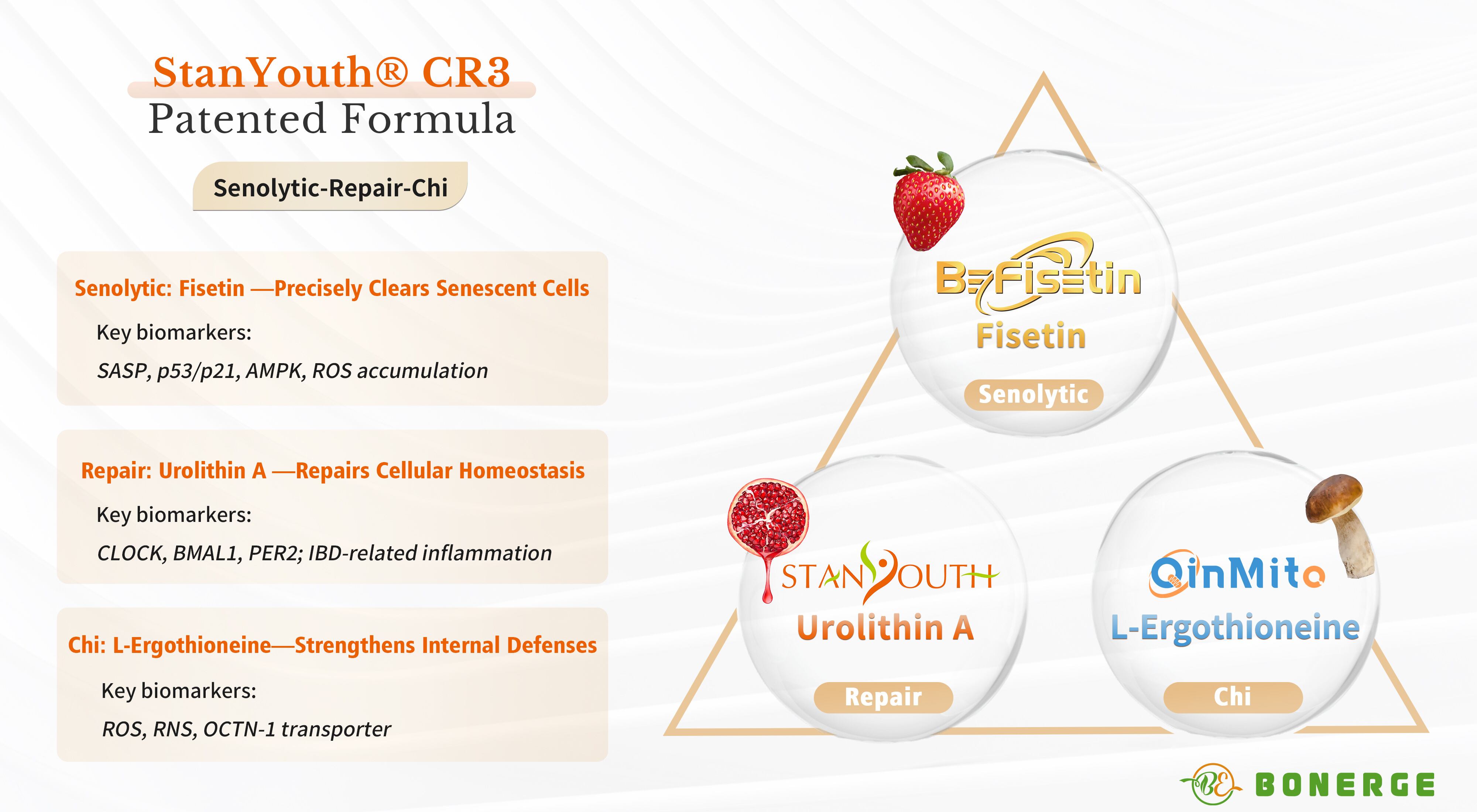
Scientific evidence: Significant synergistic advantages
Scientific mechanisms require empirical support. The first application of StanYouth CR3 is skin anti-aging. Bonerge initially conducted a series of experiments on human dermal fibroblasts. The results clearly validate the significant synergistic advantages of the StanYouth CR3 complex compared to its individual components:
Efficient clearance of senescent cells
Regarding the core indicator of senescent cell clearance, fisetin alone performed significantly better than UA or EGT alone. Moreover, the StanYouth CR3 complex achieved a breakthrough enhancement – senescent cell clearance rate reached approximately 80%, double that of the fisetin group alone.
In inhibiting the expression of key senescence marker genes like p16 and p21, Fisetin also significantly outperformed UA and EGT. The CR3 complex group demonstrated higher potent, with gene expression levels almost completely restored to normal cell states. This finding indicates that the combination not only effectively delays cellular senescence but also exhibits significant synergistic effects at the gene expression level.
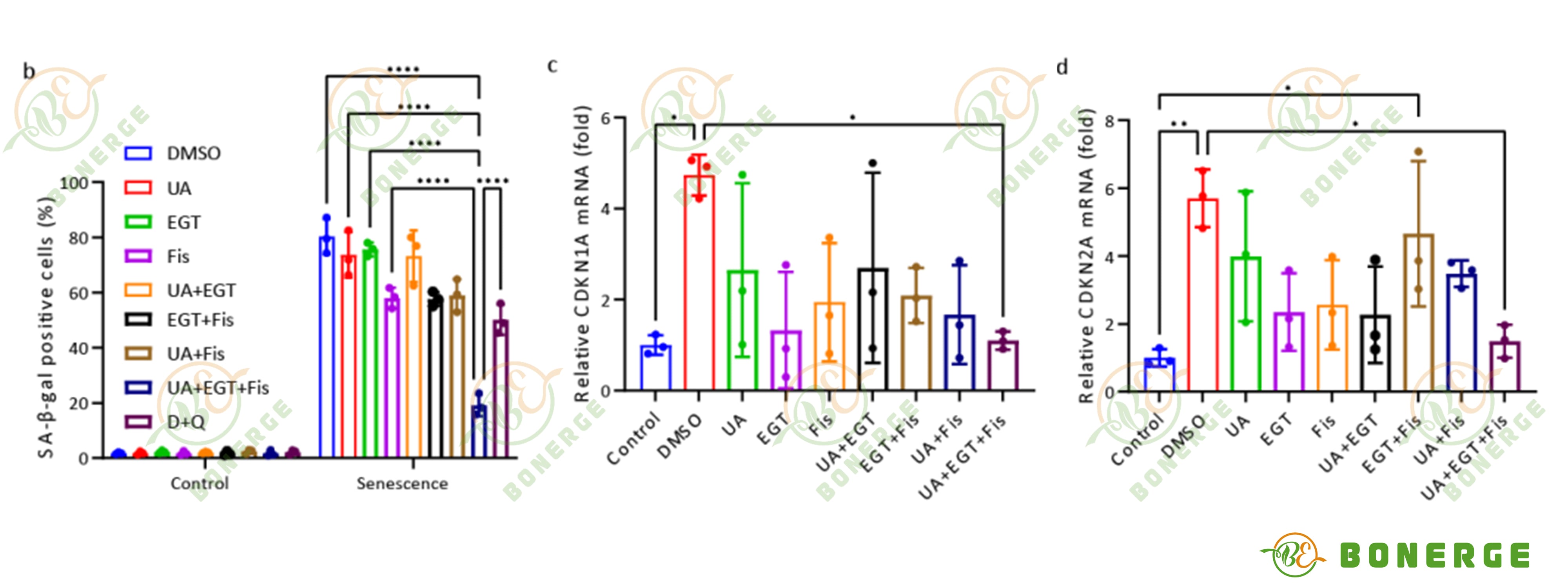
Potent inhibition of senescence-associated inflammation
Cellular senescence is accompanied by increased expression of pro-inflammatory factors (IL-6, IL-8) and the key fibrosis driver IL-11. StanYouth CR3 demonstrated outstanding anti-inflammatory efficacy: it not only effectively suppressed IL-6/IL-8 but also significantly reduced IL-11 levels driving tissue fibrosis.
After StanYouth complex intervention, the expression of all three inflammatory factors was restored to near-normal levels, far exceeding the effects of any single component group, highlighting its irreplaceable role in blocking the vicious cycle of senescence-inflammation-fibrosis.
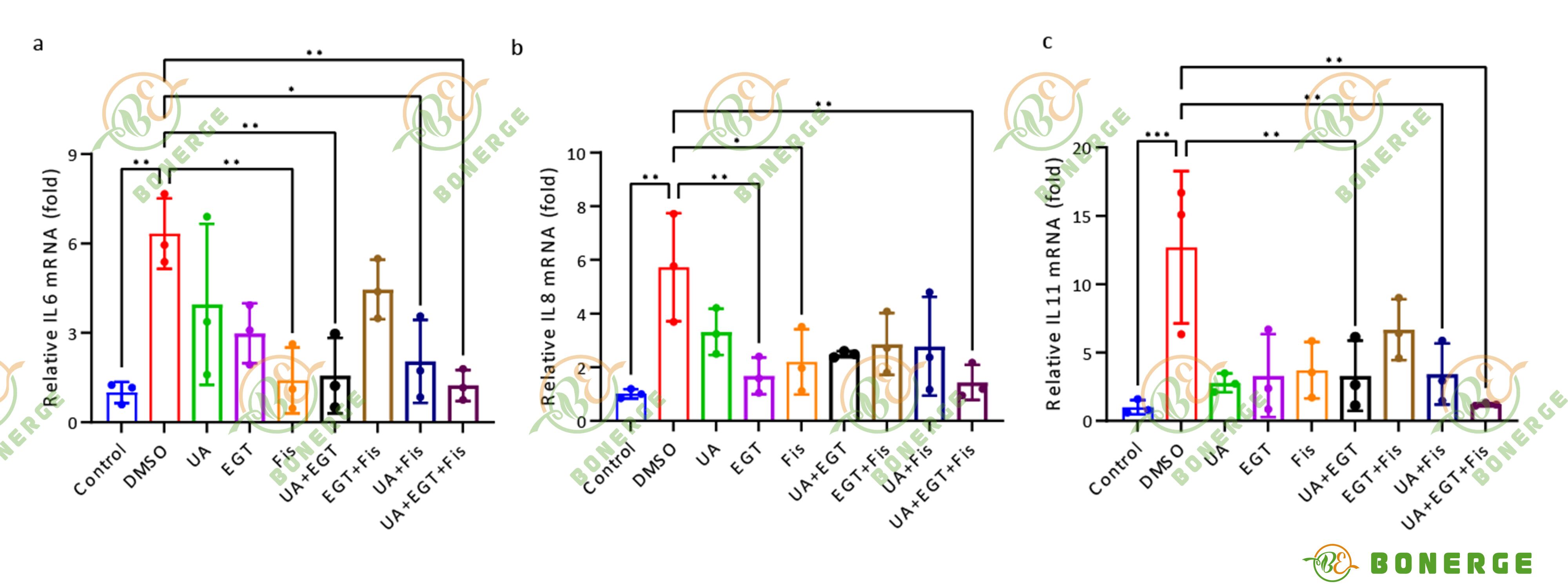
Ameliorates oxidative damage, enhances cellular repair capacity
Excessive ROS accumulation and reduced cell migration rate are key features of cellular senescence. StanYouth CR3 can effectively inhibit UVB-induced ROS accumulation and significantly promote cell migration rate. In both of the key indicators of aging, the complex effect was significantly better to any single component group, underscoring its comprehensive advantage in combating oxidative damage and promoting tissue repair.
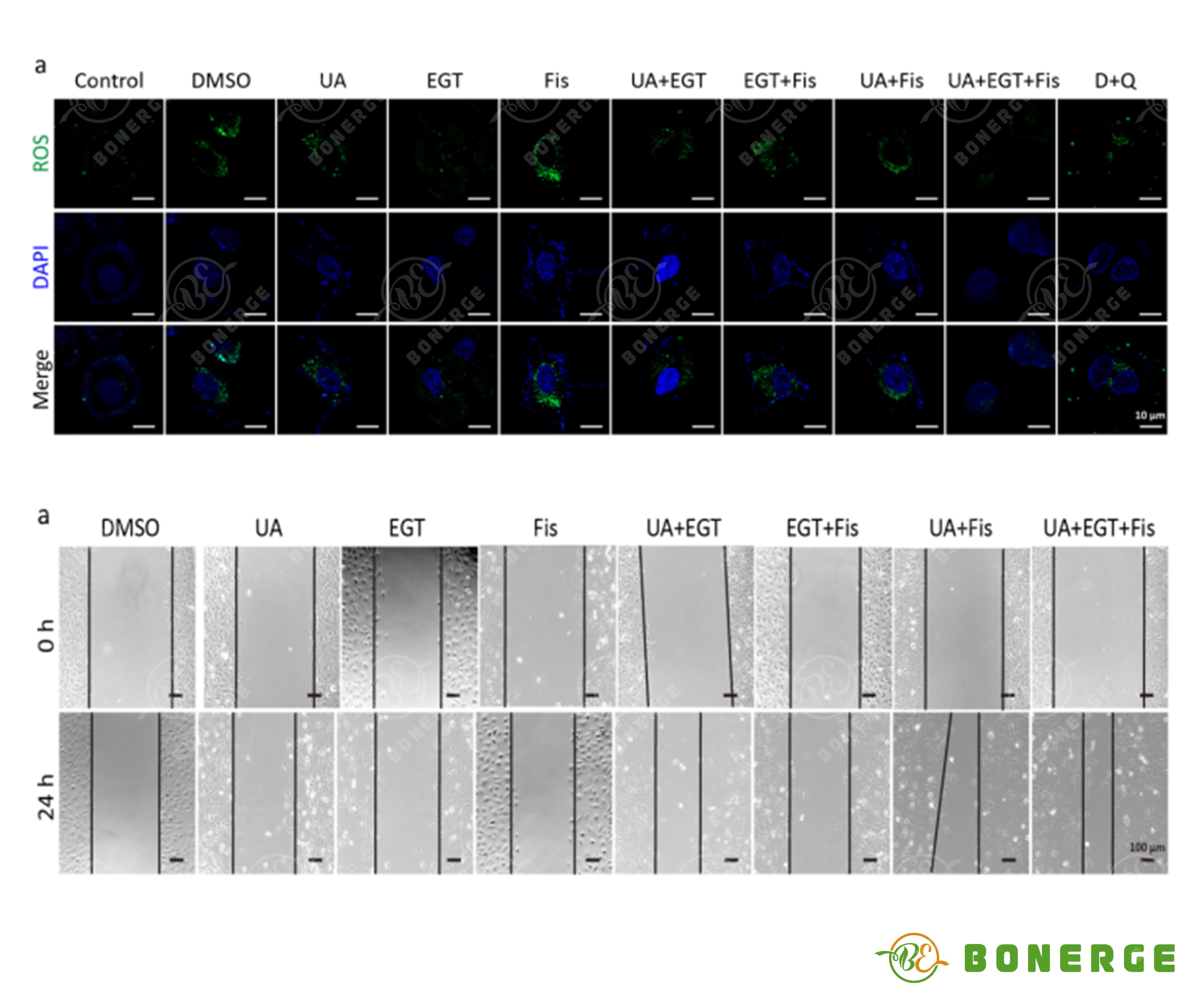
Clinical validation: Superior efficacy in oral beauty applications
To further validate the value of StanYouth CR3 in skin anti-aging, Bonerge conducted a 56-day oral beauty human clinical trial. Compared to the currently popular L-Ergothioneine group on the market, subjects taking the StanYouth CR3 complex showed significantly greater improvement in skin condition:
- Firming and anti-wrinkle skin firmness (F4 value) increased by 16.3%, under-eye wrinkle area decreased by 11.28% (both significantly better than the L-Ergothioneine group).
- Brightening skin brightness (L* value) increased by 1.4%, fairness (ITA value) increased by 6.10% (L-Ergothioneine group showed no significant change).
- Skin barrier repair transepidermal water loss (TEWL) decreased by 18.18% (slightly better than the L-Ergothioneine group’s 17.72%).
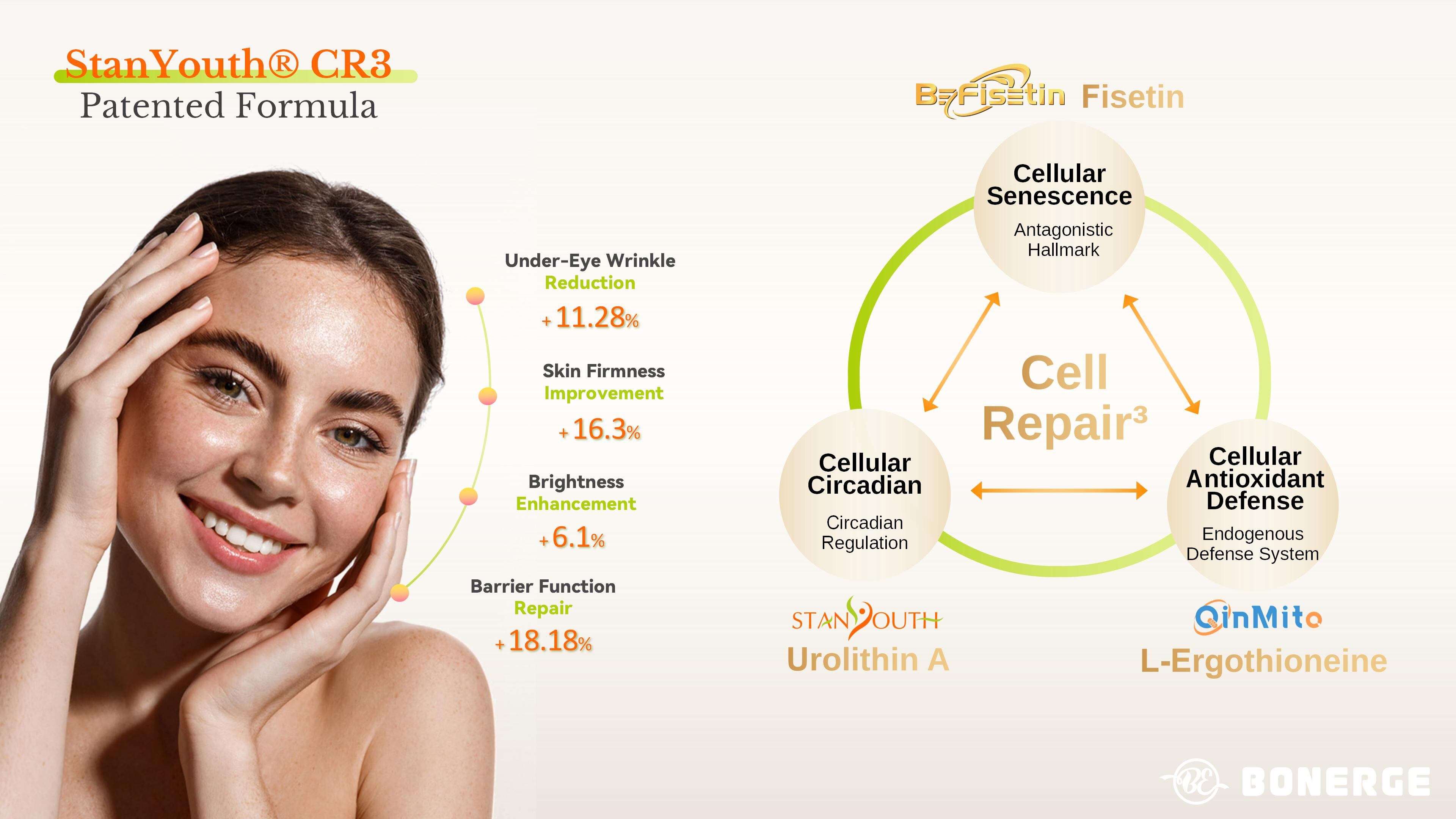
StanYouth CR3: A fusion of traditional wisdom and modern science
From the profound wisdom of TCM’s ‘treating disease before it arises’ to precise anti-aging intervention at the cellular scale, StanYouth CR3 uses ‘Senolytic-Repair-Chi’ as a bridge to achieve a deep integration of tradition and modernity. The multi-level synergistic closed-loop mechanism formed by the three core components is not only an innovative scientific practice of traditional health preservation theory but also provides an effective solution based on systems biology thinking in the anti-aging field.
The cellular and clinical empirical data of StanYouth CR3 fully demonstrates the significant superiority of the complex combination over single ingredients, highlighting the necessity and powerful efficacy of synergistic action across the ‘Senolytic → Repair → Chi’ stages.
In the future, Bonerge will continue to build upon a scientific foundation, deepen the exploration of StanYouth CR3 applications, and continuously develop new application scenarios beyond skin anti-aging.
References
- Takaya, K.; et al. et al. Fisetin, a potential skin rejuvenation drug that eliminates senescent cells in the dermis. Biogerontology. 2024 Feb;25(1):161-175.
- Li, Zhang.; et al. Fisetin Alleviated Bleomycin-Induced Pulmonary Fibrosis Partly by Rescuing Alveolar Epithelial Cells From Senescence. Front Pharmacol. 2020 Dec 14:11:553690.
- Du, Y.; et al. Effect of Urolithin A on the Improvement of Circadian Rhythm Dysregulation in Intestinal Barrier Induced by Inflammation. Nutrients. 2024; 16, 2263.
- Kuatov, R.; et al. Urolithin A Modulates PER2 Degradation via SIRT1 and Enhances the Amplitude of Circadian Clocks in Human Senescent Cells. Nutrients. 2024 Dec 25;17(1):20.
- Hui-Min Liu, H-M.; et al. Safe and Effective Antioxidant: The Biological Mechanism and Potential Pathways of Ergothioneine in the Skin. Molecules. 2023 Feb 8;28(4):1648.
- Apparoo, Y.; et al. Ergothioneine and its prospects as an anti-ageing compound. Exp Gerontol. 2022 Dec;170:111982.



